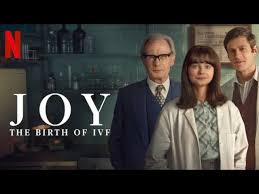State Laws Related to Insurance Coverage for Infertility Treatment
3/12/2021
Approximately 10 percent of U.S. women of childbearing age have received assistance for infertility. Usually, infertility is defined as the absence of conception after at least one year of regular, unprotected intercourse. Common methods of infertility treatment include various insemination techniques and hormone therapy to stimulate egg production. Assisted reproductive technology (ART) are procedures in which pregnancy is attempted through the use of external means; for example, eggs are fertilized outside the womb and then placed into a woman’s uterus through in vitro fertilization (IVF). More than 72,913 babies were born in the United States in 2015 as a result of non-donor ART procedures. The Centers for Disease Control and Prevention estimate that ART accounts for slightly less than two percent of total U.S. births. To read the rest of this document please go to the following link:https://www.ncsl.org/research/health/insurance-coverage-for-infertility-laws.aspx







Leave A Comment
You must be logged in to post a comment.